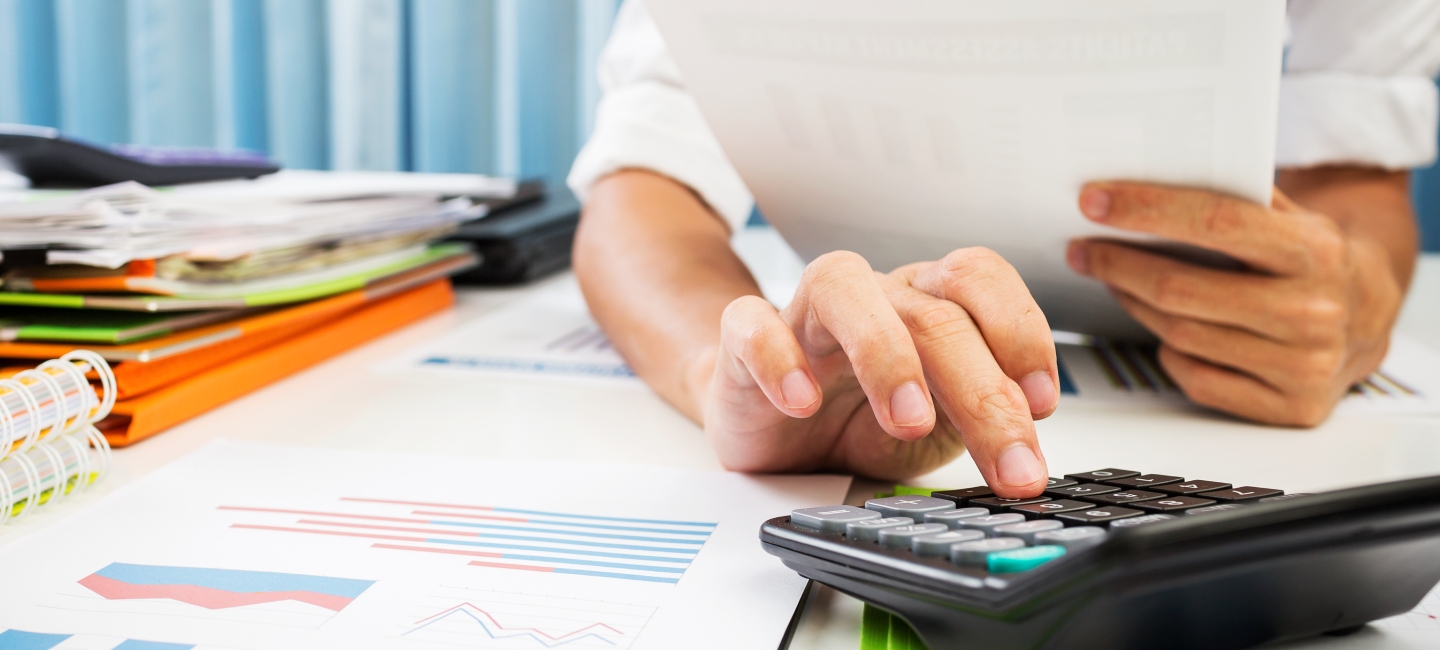
This article is for general guidance only and is not financial or professional advice. Any links are for your own information, and do not constitute any form of recommendation by Saga. You should not solely rely on this information to make any decisions, and consider seeking independent professional advice. All figures and information in this article are correct at the time of publishing, but laws, entitlements, tax treatments and allowances may change in the future.
Around 80 years ago, in response to the rising cost of war, millions of people received a tax code for the first time - and the PAYE (Pay As You Earn) system was born. Before this, it was collected every six months or after a year.
Today, the number of income taxpayers has jumped to more than 35 million — but there’s no guarantee that all of them are paying the right amount.
In 2023, the insurer Canada Life found that more than two fifths of taxpayers who checked their tax code were on the wrong one, with nearly three quarters of those discovering that they had overpaid.
“Millions of people could have the wrong tax code,” explains Clare Stinton, Personal Finance Writer at the investment platform Hargreaves Lansdown.
“You can’t assume your employer or the taxman will check this for you. It’s up to you to spot any mistakes — so you need to crack the code.”
If you’re still working, you should be able to find your tax code on your payslip (you can ask your employer for your latest one if you’ve lost it). It’ll traditionally take the form of a few numbers and a letter but can vary depending on your tax situation.
It should also be on any P45 or P60 documents that your employer or previous employer has given you.
If you are withdrawing a pension, your tax code should be on any pension advice slip, issued with your first payment of pension and at the end of each tax year, or on the P60 sent every 12 months.
You could also create a personal tax account with HMRC and check your code via the government website or the HMRC app.
The most common tax code is 1257L. Most people who live in England and Northern Ireland and are earning money from one job, or receiving one pension, will have this code.
The numbers represent how much you can earn tax-free. Add a zero to 1257 and you get the personal allowance: £12,570.
The letters then relate to your personal situation. In this case, the ‘L’ confirms you’re entitled to the full tax-free personal allowance.
You’ll have an ‘S’ at the start of your code (S1257L) if you live in Scotland and a ‘C’ (C1257L) if you live in Wales.
One of the most common reasons that your tax code will be different is if you're on an emergency tax code, when the above is likely to be followed by ‘W1’, ‘M1’ or ‘X’.
.jpg?sc=max&mw=800&h=450&la=en&h=731&w=1300&hash=76BF8E1868B0436D0CF493A6A5FC8304)
This typically happens if you've changed jobs, and HMRC doesn't have all the necessary information, or if you take a pension lump sum that causes a sudden spike in your income.
Your code will also be different if you earn more than £125,140, as you'll no longer qualify for a tax-free personal allowance – reduced by a pound for every £2 earned over £100,000 (this is colloquially known as the ‘60% tax band’). In this case, your letters could be ‘0T’.
If your letter is ‘T’, this means that your tax code includes other calculations to work out your personal allowance. If you have an ‘M’, it means you've received your partner’s marriage allowance, and if it is ‘N’, it means you've transferred your marriage allowance.
If your tax code includes letters that are not covered above, you can check the government’s website for the full list.
For most people, anything they currently earn or withdraw from their pension up to £12,570 is tax-free.
Earnings or pension payments between £12,571 and £50,270 are currently taxed at 20% — this is what is known as basic rate tax — and anything between £50,271 and £125,140 is taxed at 40%, or higher rate tax.
Anything above £125,140 is taxed at 45% - the additional rate - but the bands are different in Scotland.
If you suspect that you might be overpaying tax or have the wrong code, it’s worth double checking, which you can do through the government website.
“You, or your tax adviser if you have one, can contact HMRC to explain why you think [your tax code] is wrong so that it can be adjusted,” said Joseph Adunse, Tax Director at the accountancy firm Moore Kingston Smith.
“Alternatively, if you currently file personal tax returns under self-assessment, you can choose to recover any overpaid tax after the tax return is filed.”
Set up a Government Gateway ID and a personal tax account to start the process. You’ll need your National Insurance number, a valid UK passport or driving license and a payslip, P60 or details from a tax return (whichever is relevant).
Once you have an account, you will be able to check your tax code and personal allowance, see your estimated income from jobs and pensions and how much tax you can expect to pay.
If you still think you are being taxed incorrectly, contact HMRC on 0300 200 3300 and explain what has happened - or use the HMRC app (through the ‘Communication’ section, selecting ‘Contact’).
If you have paid too much in the current tax year, HMRC will pay you back through your wages by lowering your tax code or issuing a refund. If the tax year has ended, you’ll be able to claim your refund online or get a cheque through the post.

There’s billions sitting unclaimed in shares and dividends – find out if any belongs to you.

From their first savings account to their first home, find out how your gifts can make the biggest impact for your grandchildren
.jpg?la=en&h=354&w=616&hash=653168623B92F3457D40ACA115D37B3E)

.jpg?la=en&h=354&w=616&hash=458B0288E9852F4B63A433E2FDD375E7)



We're here to help you make the most with your money. With a rage of financial services designed with over 50s in mind.